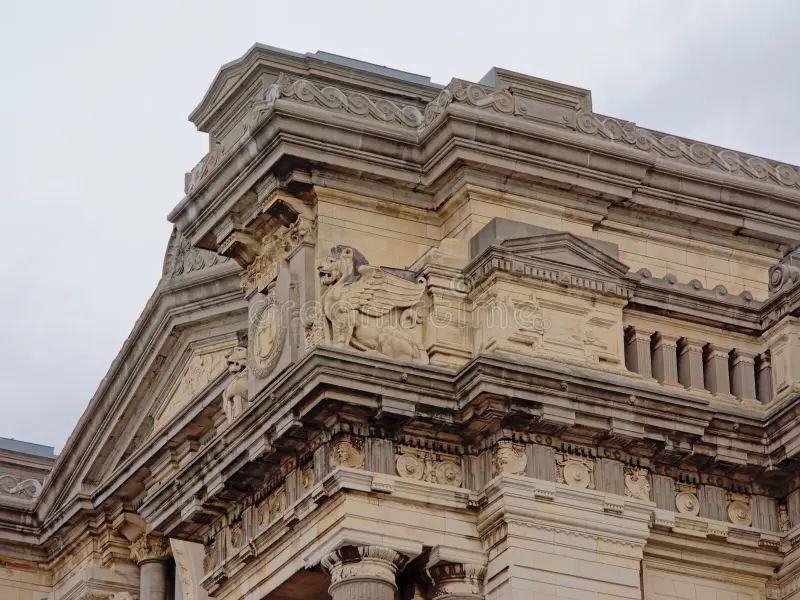
By: Jayden Ho
André Demesmaeker, an aspiring architect tasked with renovating the iconic but dilapidated Palace of Justice in Brussels, faces not only design challenges but also complex political hurdles. However, André sees the restoration project as an opportunity to uncover the building's historical treasures and restore its former glory. The 19th century has been deteriorating for decades, and combined with an unpredictable political situation, earned the nickname "Palace of Scaffolding".
The Palace of Justice, designed by Joseph Poelaert and inaugurated in 1883, sprawls over nine square blocks in downtown Brussels. It stands as both a symbol of Belgium's notorious bureaucracy and a testament to the country's delicate political landscape.
Belgium's multiple official languages, numerous parliaments, and intricate regional dynamics have posed challenges to the project's progress. Additionally, periods without a functioning national government, corruption allegations, bankruptcies, and government reorganizations have contributed to the delays.
More than a decade ago, André was called upon to investigate a ceiling collapse at the Palace of Justice. During his exploration of the enormous building, he found an abundance of forgotten rooms and abandoned spaces with decaying floors, walls, and roofs. The building had become a haven for fungi, while the presence of the homeless and graffiti hinted at its sorry state.
Despite these seemingly insurmountable challenges, André recognized the beauty and historical significance within the structure. In 2014, he was appointed to oversee the restoration of the colossal stone facade, a role he eagerly embraced. The scaffolding, which had itself fallen into disrepair, was refurbished, and work on the facade is set to commence soon. Concurrently, discussions regarding the extensive interior renovation, managed by other officials, are now taking place. André aspires to complete the exterior restoration by 2030, coinciding with Belgium's bicentennial celebration.
Given the limited space within the city center, a phased approach is necessary, focusing on restoring one facade at a time, with each phase spanning approximately two years. The project's complexity is further heightened by budget constraints and the ever-shifting landscape of political will. Although met with these herculean tasks, he passionately leads the endeavor, navigating through conversations, compromises, and collaborations with judges, administrators, and lawyers representing various courts.
André expresses, "That's what I love: trudge, crawl, search, investigate." He relishes the opportunity to delve into the mysteries of the palace, exploring hidden rooms and climbing spiral staircases while inspecting roof gutters. With a sense of adventure, he embraces the trudge, crawl, and search involved in revitalizing the historic structure.
However, it is André's deep affection for the Palace of Justice that fuels his unwavering dedication to its revival. His profound appreciation for the building's intricate layers and parallel universes serves as a driving force behind his commitment. André cherishes the structure's rich history and mourns the neglect it has endured. In his quest to honor the monument, he actively salvages discarded objects that bear historical significance, from engraved stones to remnants, carefully preserving them within his collections.
While the clock is ticking, and the list of tasks grows longer, André remains optimistic about completing the restoration before his retirement. The removal of an internal ecosystem, the cleansing of graffiti, and addressing recent ceiling collapses are among the challenges that lie ahead. As André pushes forward with his vision, Belgium eagerly anticipates the restoration of its iconic Palace of Justice, an emblem of the nation's rich heritage.
